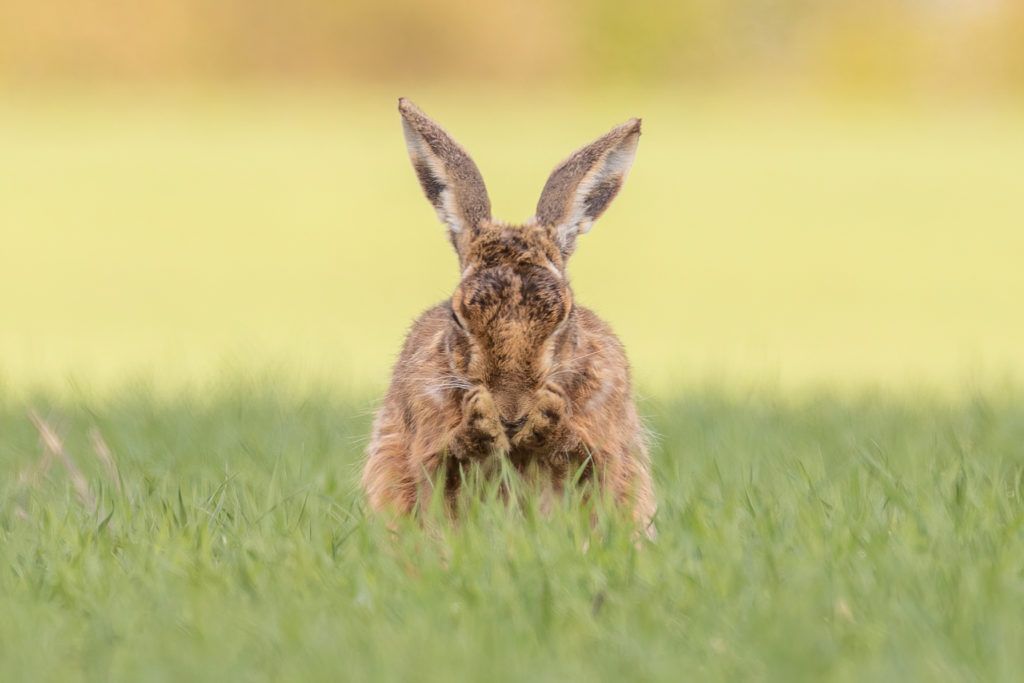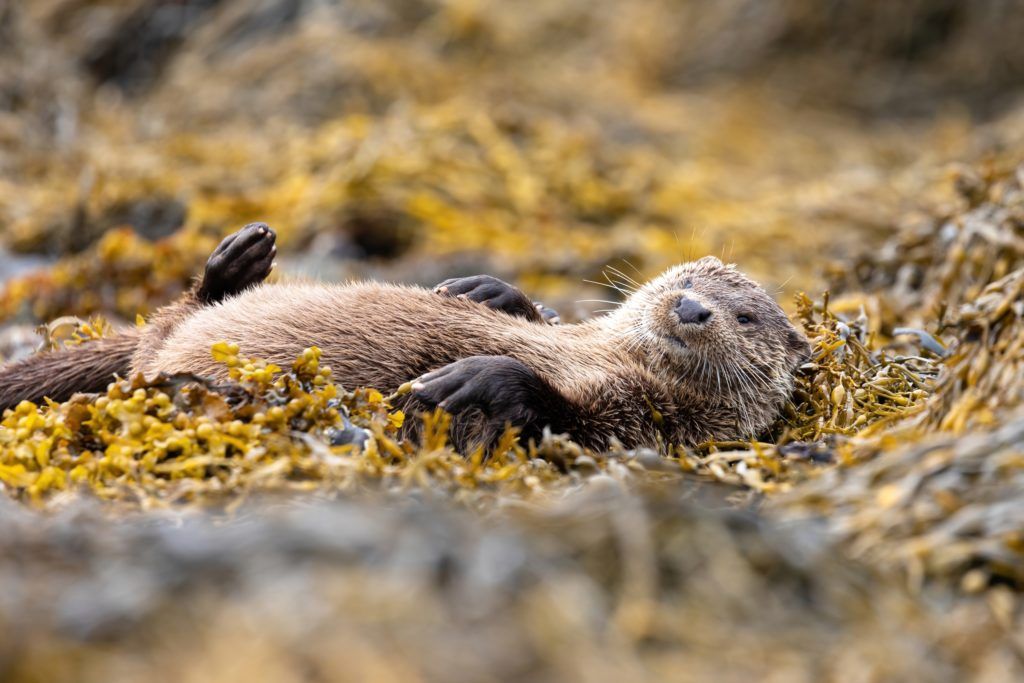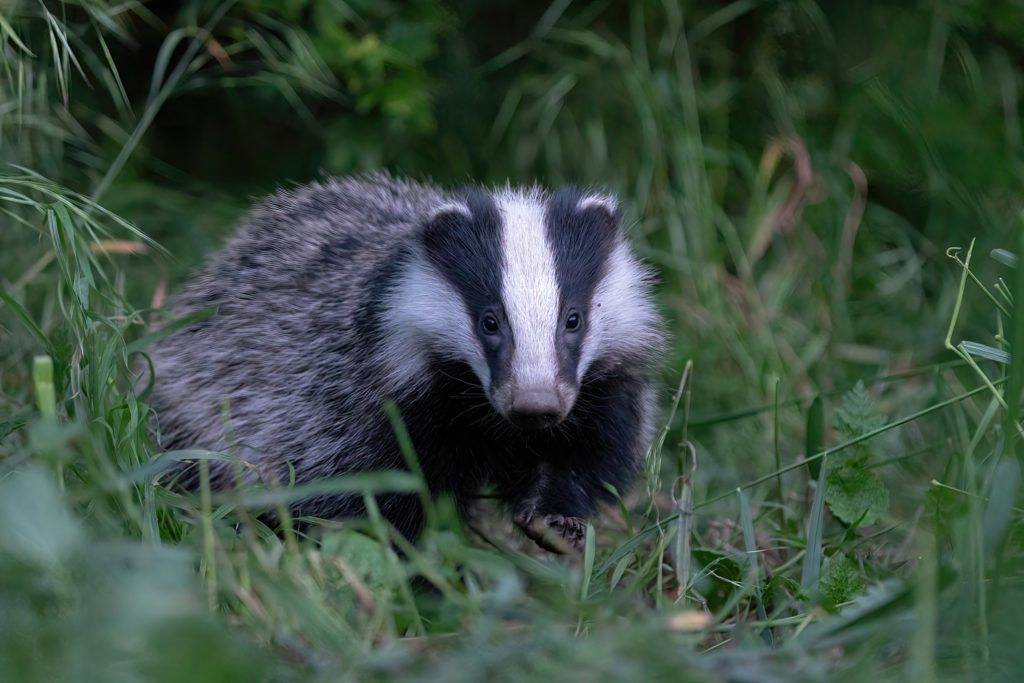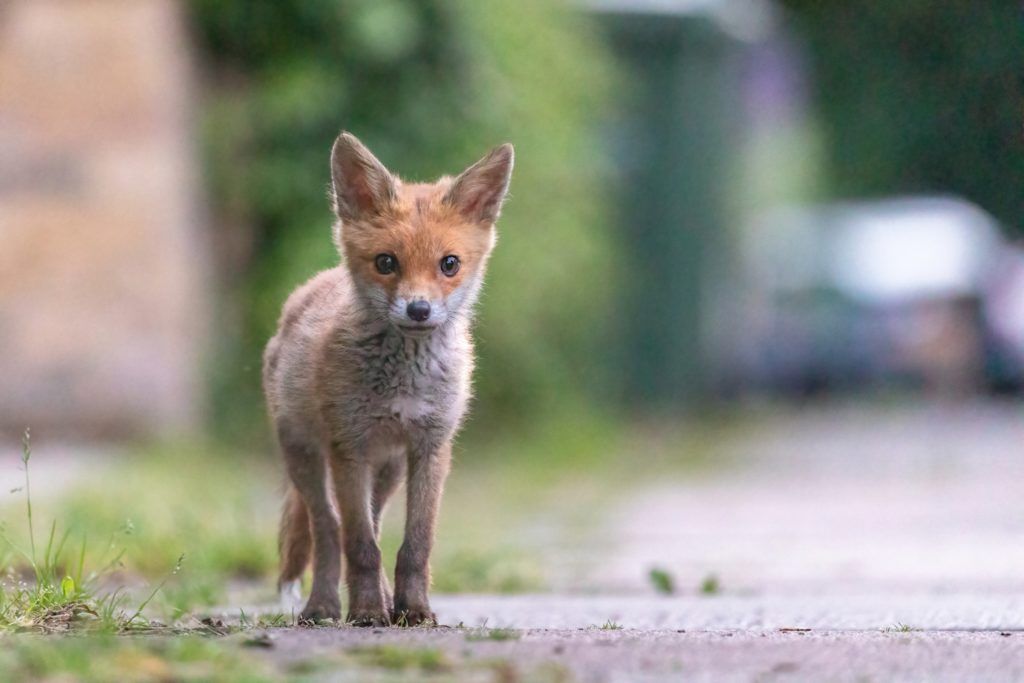In the first half of this two-part blog on photographing urban mammals, we looked at the technical aspects of photography and how to use camera settings, composition and light to your advantage. This second half focuses on the animal itself and what you need to think about when planning a shot.
Read part one here.
Part two: the subject
Know your species
For me, part of the joy of wildlife photography is that I get to spend time experiencing and discovering nature. Some of my best days have been when I haven’t got any pictures but have just enjoyed the encounter. Every time I go out I learn something about the subjects I am trying to photograph. The more time spent in the field, the more I get to recognise behaviour that I want to capture and there is no substitute to putting the work in.
Try to learn what behaviour your subject displays – does it give any visual cues when it wants to play or fight, is it obvious when it’s about to shake itself after a rain shower or a swim, and does it have a certain spot it might bring its food to eat it? All of this information will help you to get better pictures and especially pictures of natural behaviour which I think are some of the most special shots you can take.
The animal’s welfare always comes first
For me, this is the most important thing when I am wildlife watching or photographing. You should never compromise an animal’s welfare trying to get a photo. The main reason for this of course is to protect the animal itself, but by doing this you will get better pictures as well. The best photographs show animals when they are relaxed and displaying natural behaviour, so the best situation is when your subject doesn’t know you are there.
Think about field craft
Good fieldcraft not only allows you to get close to your subject, but hopefully to take some good photos. It also minimises the impact you have on the wildlife around you. There are a few ways to achieve this and when photographing mammals there are some considerations you wouldn’t have with other subjects, such as birds or reptiles.
Camouflage can include everything from wearing dull green and brown clothing to full ghillie suits and hides. A note of caution though, full camouflage can be intimidating to other people and it’s advisable get to your location first before putting on the camouflage. There are also portable “bag hides” and pop-up tent hides that can be bought relatively cheaply. Although this might sound over the top, I have had amazing wildlife encounters whilst using my own hides, such as having twenty deer foraging right in front of me, oblivious to my presence. There is something very special about seeing a mammal close-by and completely relaxed and it is a real privilege to experience.
Another thing to think about is that most mammals have a keen sense of smell and they use it to avoid predators. When trying to approach a subject or when setting up a vantage point somewhere, think about which way the wind is blowing and where it will take your scent. Ideally, you need the wind blowing towards you. Never wear deodorant or perfume when going out to watch wildlife as this will make it much easier for mammals to detect your presence.
The other thing you need to think about is what species you hope to see and what their primary senses are. For example, if you are going to watch badgers then as long as you are still and quiet, downwind from the sett, the badgers probably won’t know you’re there. In fact, I’ve had badgers almost walk right into me as their eyesight is fairly poor. Hares on the other hand have very keen eyesight and will be able to spot movement from a long distance.
Get eye-level with your subject
If you look at most great wildlife photographs and they make you feel like you’re there with the animal, up close and personal, and you are glimpsing into its hidden world. One of the best ways to achieve this is to get eye-level with your subject. This may involve crouching or lying down and although you might feel a bit silly sometimes when other people are around, when you see the photo at the end, the effort is worth it. In fact, more than once I’ve had someone say they thought I was injured or hurt as came round a corner to see me lying prone! It also allows your subject to stand out from the background because when you are eye-level, the background is often further away and so will be out of focus.
Getting up close
The other major advantage of keeping at eye-level is that it is easier to approach an animal when you stay low because you have a smaller chance of being seen and if you are spotted, you’re much less intimidating and scary. It is possible to slowly crawl closer to your subject when it looks relaxed. Feeding or grooming is often an indication that an animal feels comfortable. As soon as they look up you freeze and wait for them to be relaxed again before edging closer. While it’s possible to get up close to your subject with this method, it shouldn’t be pushed too far and always try to avoid disturbing the animal.
Shoot at dawn and dusk
Most mammals are more active at dawn and dusk, so these are the best times to go out with your camera. This cannot be underestimated and personally I find early mornings usually the best time for most mammals, with some exceptions such as badgers, which are active in the evening. I have heard some photographers moaning that they don’t see much wildlife in an area when they consistently go there at the wrong time of day.
There’s also the benefit of some of the best light at the start and end of the day. Many of us don’t like getting up really early but the rewards can definitely be worth it.
Practice makes perfect
One of the biggest tips I can give to getting great wildlife photos is to go out with your camera as much as you can. There aren’t really any shortcuts to great photography, although knowing your camera and your subject will give you an advantage. It’s like any skill you wish to learn and the more you practice, the better you’ll be. The great thing is that photography is subjective and although we have looked at some of the tips and tricks that might help you get better photos, there are no hard and fast rules. As the old saying goes, learn the rules to shoot like a pro and then break them to shoot like an artist.
Hopefully this has helped you think about how you can improve your photography and also your wildlife watching. The only other thing to add is to remember that there is real wildlife at the other end of the camera lens so try not to spend the whole time with your eye glued to the viewfinder. Enjoy your time out with your camera and make sure you soak up every minute of it.
Written by Paul Saunders: veterinarian and wildlife photographer.
You can find Paul on his website and Instagram.
Paul has inflammatory arthritis and watching and photographing wildlife really helps him to cope with this. If you would like to know more about this aspect of his photography then you can find more information here.




